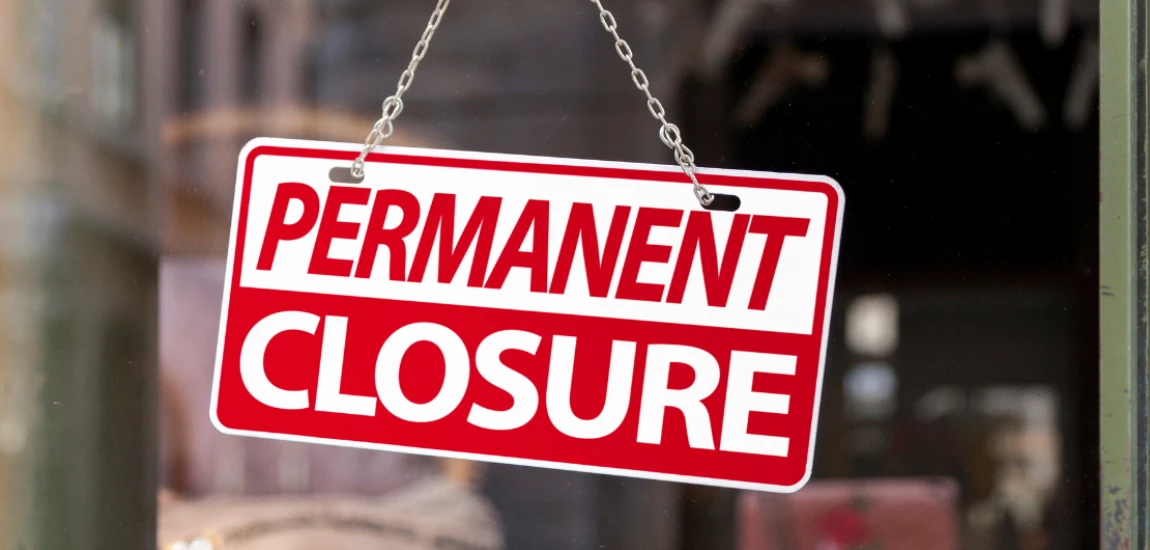Cliffhanger Culture: How Streaming Killed Closure

Television once thrived on resolution. Weekly episodic shows often wrapped up conflicts neatly within the span of an hour, ensuring audiences left satisfied. But in today’s streaming first entertainment landscape, closure is harder to find. Instead, viewers are pulled deeper into cliffhanger culture, where endings are less about resolution and more about creating the perfect hook for what comes next.
Streaming platforms like Netflix, Amazon Prime Video, and Disney+ have shifted the very DNA of storytelling. What once was a tidy conclusion has transformed into an endless cycle of suspense, designed to keep audiences glued to the screen and subscribed to the service. This blog explores how streaming killed closure, why cliffhangers dominate modern entertainment, and what this shift means for viewers craving satisfying narratives.
The Origins of Cliffhangers in Traditional Media

Cliffhangers are not a new phenomenon, but their role has evolved drastically.
Serial Storytelling in Early TV and Radio
Cliffhangers first became popular in radio dramas and serialized TV shows, where they were a tool to ensure audiences tuned in next week. Soap operas and adventure series thrived on leaving plotlines dangling, fostering loyalty.
Weekly Anticipation vs. Modern Bingeing
In the pre-streaming era, audiences had no choice but to wait—sometimes a full week or even months for a season finale resolution. The delay amplified suspense and community discussion, making cliffhangers feel like a collective experience.
From Gimmick to Standard Practice
What was once a storytelling gimmick became a standard device in television. But while earlier cliffhangers were sprinkled strategically, today they dominate nearly every episode of a streaming series.
How Streaming Changed the Storytelling Landscape

The arrival of streaming fundamentally altered how stories are written, produced, and consumed.
Binge Culture and Endless Hooks
Since entire seasons drop at once, cliffhangers aren’t just about week-to-week suspense anymore. They exist to keep you hitting "Next Episode," eliminating natural stopping points.
Subscription-Driven Storytelling
Streaming companies measure success not just by viewership, but by how long users stay subscribed. Cliffhangers create "retention traps," ensuring fans don’t cancel before the next season drops.
Data-Driven Content Decisions
Algorithms track viewing patterns, showing that shows with unresolved tension drive higher engagement. As a result, cliffhangers aren’t just creative choices—they’re business strategies.
The Psychology of Cliffhanger Culture

Why do cliffhangers work so effectively on audiences?
The Zeigarnik Effect
Psychologists call it the Zeigarnik effect—the tendency to remember incomplete tasks better than finished ones. Cliffhangers exploit this cognitive bias, making audiences obsess over unresolved stories.
Dopamine and Anticipation
Each cliffhanger triggers a dopamine spike, rewarding the brain with anticipation. This biological reaction mirrors the way video games and social media hooks keep users engaged.
Collective Anxiety and Online Discourse
In the digital age, cliffhangers also fuel conversation. Social media thrives on speculation, theories, and predictions, turning suspense into free marketing for streaming platforms.
The Rise of Endless Seasons Without Resolution

Many modern shows no longer prioritize closure, leaving fans perpetually waiting.
Open-Ended Narratives as the New Normal
From Stranger Things to The Witcher, seasons often end with multiple unresolved threads, ensuring fans must return for answers. Closure is intentionally withheld.
Cancelled Shows and Lost Endings
Streaming cancellations only worsen the trend. Fans often invest in shows that end abruptly without resolution, leaving cliffhangers permanently unanswered.
The Business of Perpetual Suspense
For platforms, unresolved stories are an asset. For audiences, they’re a source of frustration—proof that cliffhanger culture often prioritizes business goals over narrative satisfaction.
Case Studies: Shows That Perfected the Cliffhanger

Some series have mastered the art of keeping audiences hooked.
Breaking Bad and the Golden Age Cliffhanger
Though pre-dating peak streaming, Breaking Bad showcased how cliffhangers could elevate tension while still delivering eventual payoffs.
Netflix Originals Like Money Heist
Netflix has become synonymous with cliffhangers, with shows like Money Heist ending every episode with explosive twists.
Game of Thrones and the Global Cliffhanger Phenomenon
Though not a streaming original, Game of Thrones demonstrated how cliffhangers could dominate global conversations, keeping millions invested.
How Cliffhangers Impact Viewer Experience

The shift from closure to suspense has real consequences for how audiences engage with stories.
Frustration Over Unfinished Arcs
Fans often complain about shows dragging storylines too long without payoff, eroding trust in creators.
Addiction-Like Consumption
Cliffhangers fuel binge-watching habits, where audiences consume hours of content without pause, mirroring addictive behavior patterns.
Community vs. Isolation
While cliffhangers once united viewers, today’s binge models mean spoilers and fragmented experiences—less communal excitement, more isolated consumption.
The Role of Social Media in Cliffhanger Culture

Streaming and social platforms have formed a powerful feedback loop.
Speculation Drives Virality
Every cliffhanger spawns theories on Reddit, Twitter, and TikTok, creating viral conversations that double as free marketing.
Memes as Modern Word of Mouth
Unresolved stories fuel memes and fan edits, keeping shows alive online between seasons.
Spoiler Culture and Cliffhangers
The obsession with spoilers highlights how cliffhanger-driven shows have made "knowing what happens next" a cultural obsession in itself.
Are Cliffhangers a Storytelling Shortcut?

Not all writers use cliffhangers with equal skill.
When Suspense Feels Earned
A well-crafted cliffhanger deepens investment by layering new stakes onto existing arcs.
The Risk of Overuse
When every episode ends with a shock twist, suspense fatigue sets in, making cliffhangers feel cheap rather than compelling.
Creativity vs. Business Needs
Some argue cliffhangers are less about artistry and more about satisfying corporate retention strategies, diluting storytelling integrity.
The Future of Closure in the Streaming Era

Will audiences ever reclaim satisfying endings?
Limited Series as a Solution
Short, finite series like Chernobyl or Queen’s Gambit demonstrate there is demand for complete narratives with real closure.
Hybrid Models and Weekly Drops
Some platforms are experimenting with weekly episode releases again, blending suspense with structured resolution.
Audience Backlash and Demands
As frustration with unresolved cliffhangers grows, audiences may push platforms to balance hooks with narrative payoffs.
How Viewers Can Navigate Cliffhanger Culture

While streaming trends are out of viewer control, audiences can adapt their habits.
Choose Completed Series
Waiting until a show finishes its run can help avoid the frustration of unresolved cliffhangers from cancellations.
Diversify Entertainment Choices
Mixing cliffhanger-heavy shows with documentaries, films, or limited series provides a balance of suspense and closure.
Take Back Control of Bingeing
Being mindful of when to stop watching—rather than letting cliffhangers dictate viewing—helps regain narrative satisfaction on your own terms.




